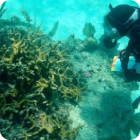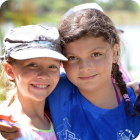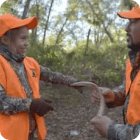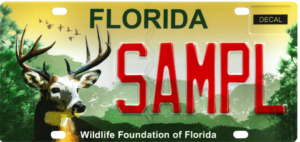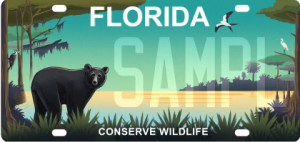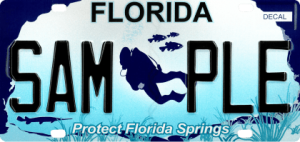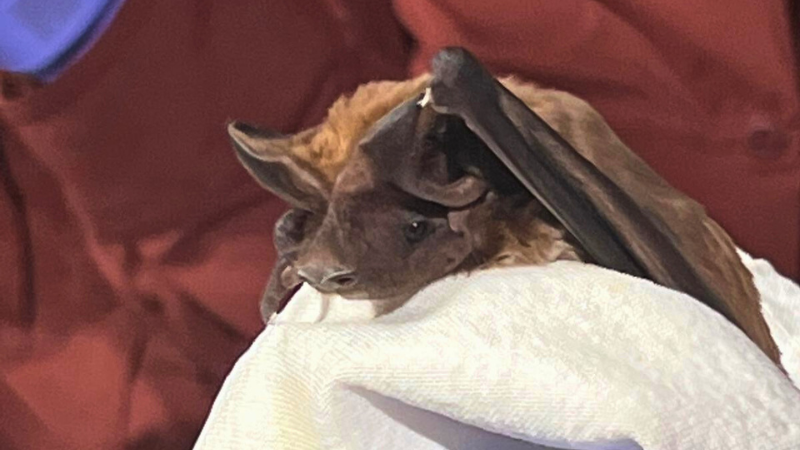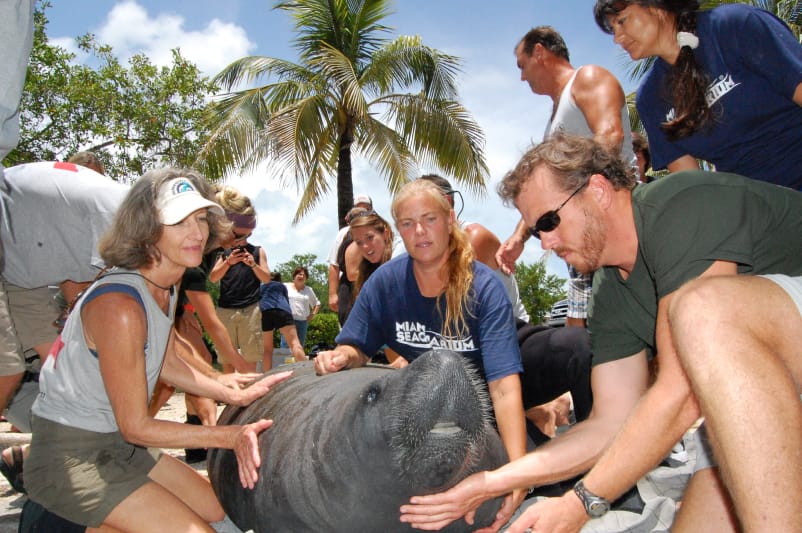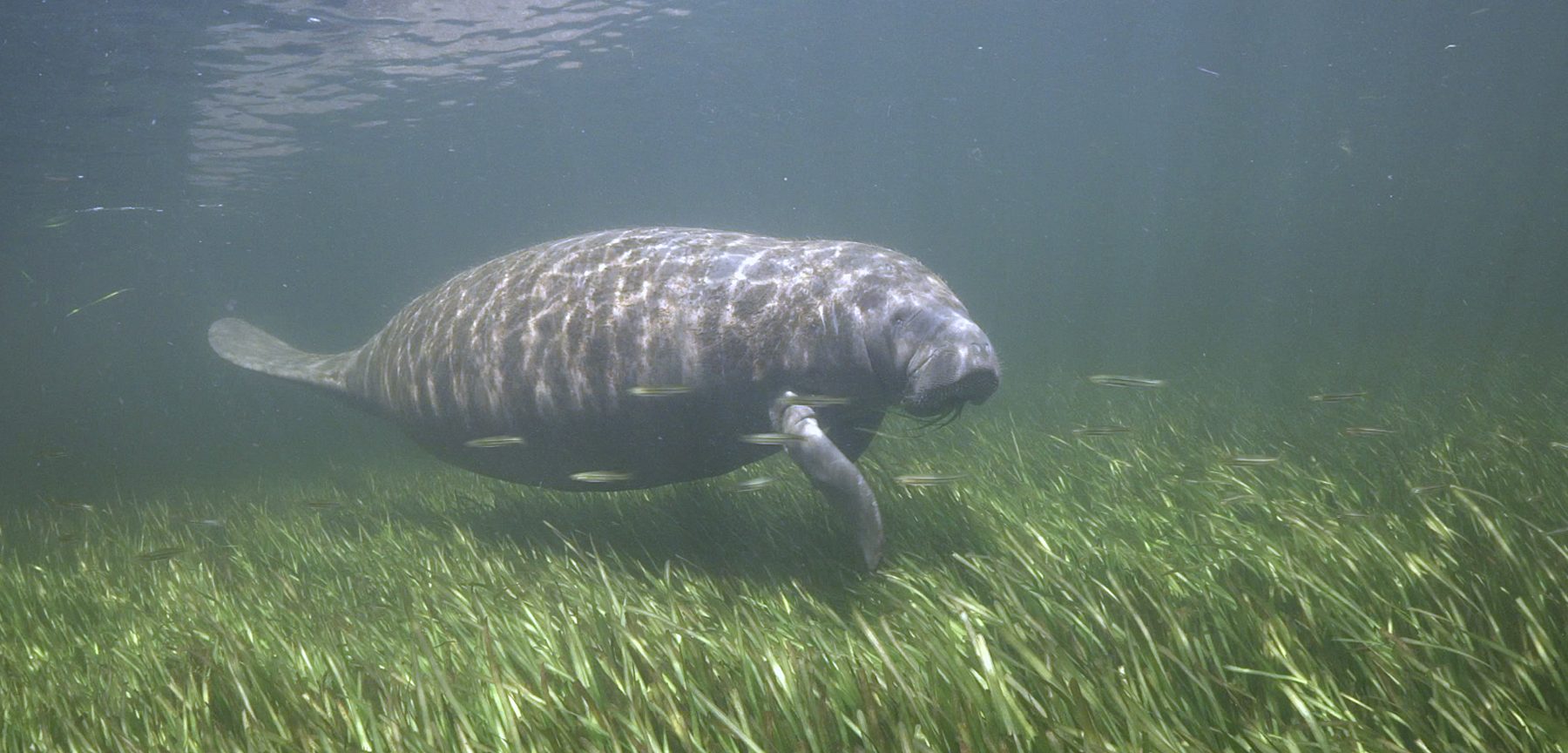
By: Kyle Grammatica
Tampa Bay is losing a key component of a healthy marine ecosystem: seagrass. A September report from the Southwest Florida Water Management District concluded that Tampa Bay experienced a 16% decline in seagrass in two years.
“That sends up an alarm that something is going on that we need to pay attention to,” said Chris Anastasiou, Chief Scientist of the District’s surface water improvement and management program. The District’s data showed seagrass acres declined from 40,651 in 2018 to 34,298 in 2020 according to measurements taken from the Manatee River north to Old Tampa Bay. This loss is not exclusive to Tampa Bay. Seagrass acres also dropped 18% in Sarasota Bay and 23% in Charlotte Harbor during the same two-year period. The Indian River Lagoon has lost 58% of its seagrass over the last decade. Nutrient discharge from fertilizer is believed to be a major contributor to the die-offs.
Here’s why you should care: seagrass supports clearer water, feeds animals like manatees, and acts as a nursery for fish. And according to Anastasiou, as much as 50% of commercial and recreationally important fish spend a portion of their lives in seagrass beds. It also helps trap carbon, forming a natural defense with marshes and wetlands against emissions that worsen climate change.
Here are some examples of what a single acre of seagrass can do:
- Produce 50,000 liters of oxygen per day.
- Absorb 3,500 miles worth of carbon emitted by an average car each year.
- Support 40,000 fish and 50,000,000 invertebrates.
- Absorb enough nutrients to treat the amount of sewage created by 100 people annually.
- Generate $35,000 in ecological services every year.
We are currently working to replant seagrass beds in the Indian River Lagoon to restore its habitat and provide a critical food source for manatees. Help us with this urgent need by donating today!

